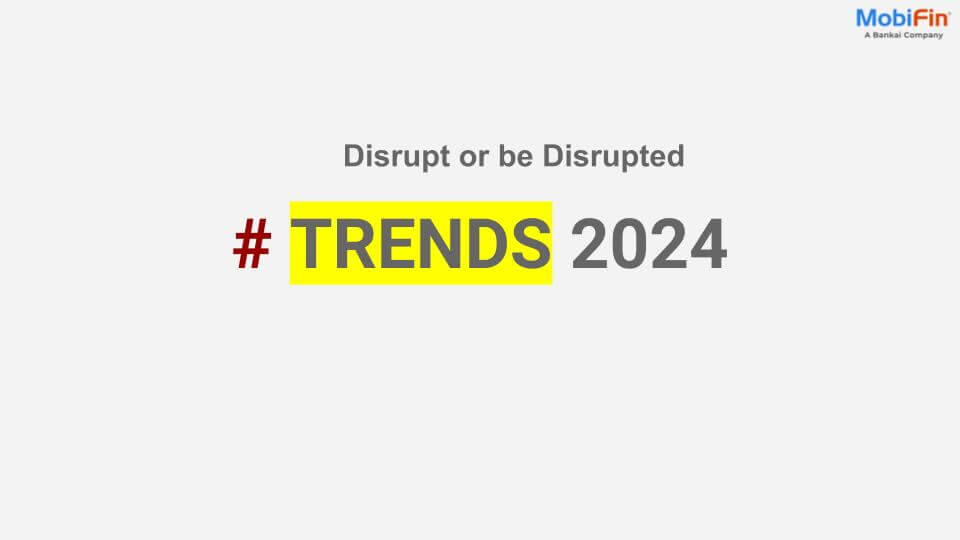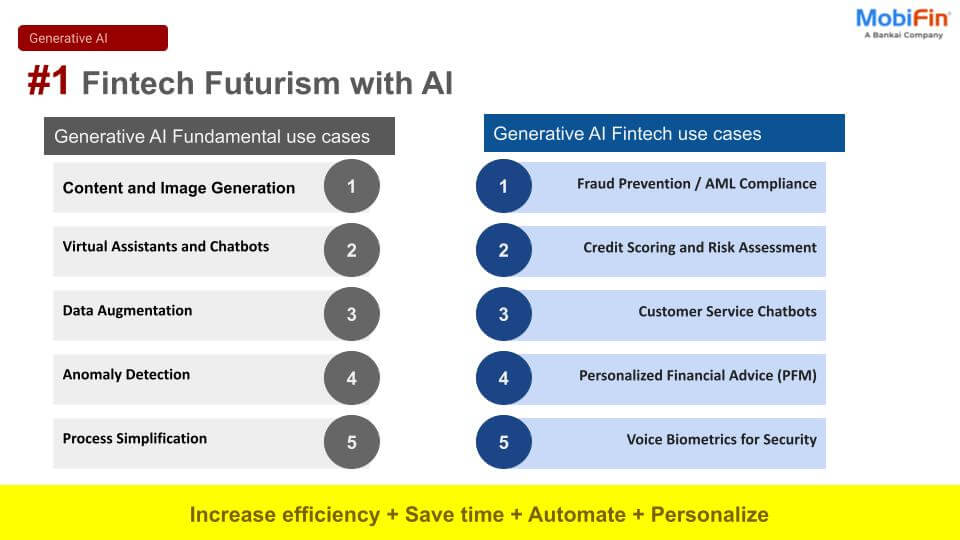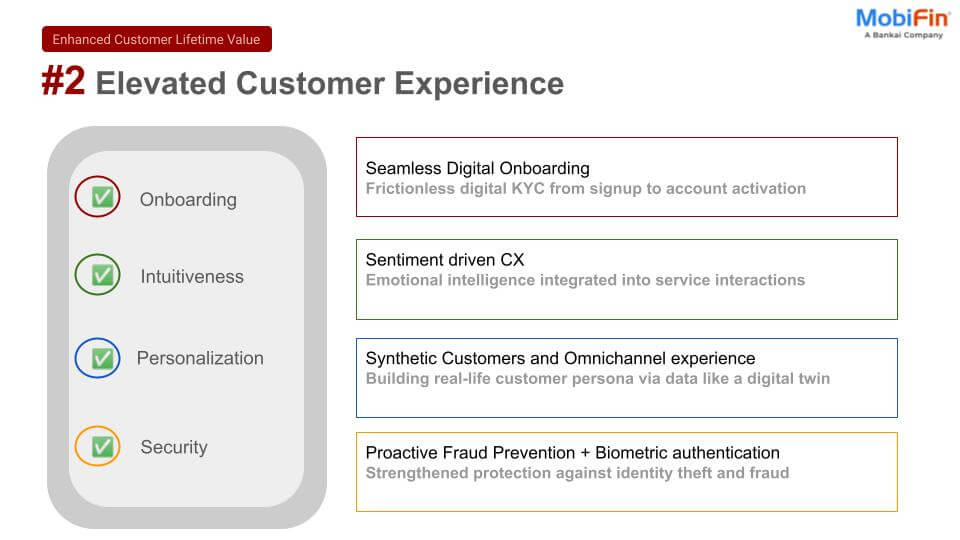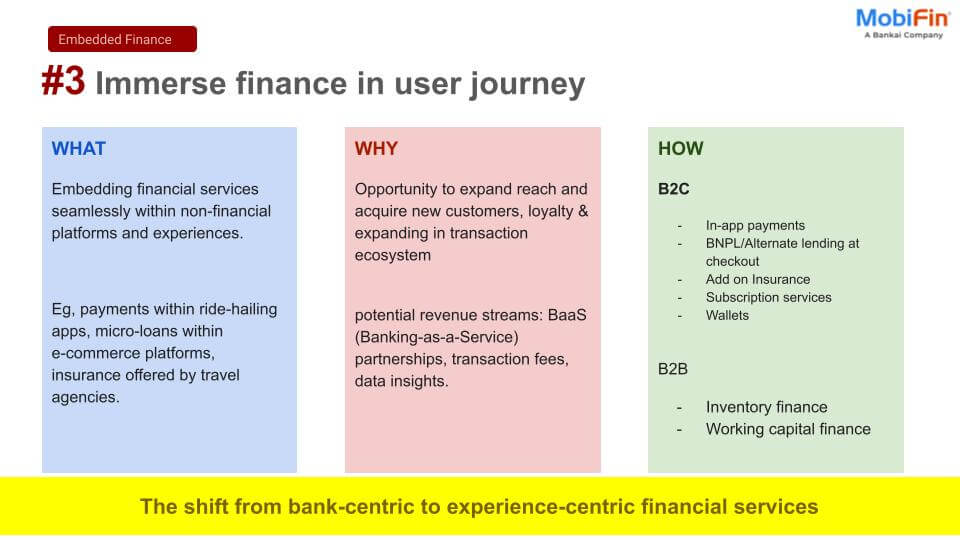Traditional loan origination and management systems (LOMS) struggle to meet the growing demand for more efficient and user-centric lending processes. The fast-changing financial industry must shift from conventional to fully digitalized, automated loan management software.
MobiFin’s webinar, “Re-inventing Lending: A Step-by-Step Playbook,” highlights the transformative power of the digital lending process. This extensive playbook sheds light on the drawbacks of traditional loan management and presents actionable insights and detailed strategies for financial institutions to modernize their lending systems, drive business growth, and enhance financial inclusion.
Latin America’s financial inclusion paradox
Although financial account ownership in Latin America is prevalent, many still rely on informal lending or need help accessing credit. A staggering 7 in 10 people remain underbanked or unbanked in the region, underscoring the limitations of existing financial systems.
For lenders, this presents both a challenge and an opportunity. Traditional LOMS are weighed down by high operational costs, manual approaches, and inefficiencies, making them under-equipped to meet the requirements of underserved populations.
To bridge this gap, financial institutions must streamline processes and lessen lender-borrower friction through digital lending solutions.
Diana’s Journey – a case study in the traditional lending process
To better understand the challenges of traditional loan management, let’s follow Diana’s journey as a rural entrepreneur seeking a loan to start a business.
Like many others, Diana’s path to securing a loan is fraught with inefficiencies like:
Multiple branch visits: Diana frequently visits bank branches to gather information and manually submit her loan application.
Data entry errors: Manual data entry can lead to errors, requiring Diana to revisit the bank to correct her details.
Lengthy verification process: The loan approval process stretches beyond her expectations, as in-person document verification and manual credit evaluation can be time-consuming.
Delayed disbursement: After a long and frustrating 30-day wait, Diana finally receives her loan, but only after significant delays caused by lost/missing documents and slow communication.
Cumbersome repayment and monitoring: Even after the loan is disbursed, Diana must visit the bank regularly for updates on her loan status and repayments.
Diana is not alone in her borrowing experience—many loan customers face similar problems, contributing to dissatisfaction and deterring potential customers. For financial institutions, such manual, time-consuming processes result in higher operational costs and increased risks of errors and fraud.
The solution – a step-by-step playbook for LOMS modernization
To address these challenges, MobiFin’s Step-by-Step Playbook charts a path for financial institutions to modernize their lending systems, emphasizing automation, digitization, and customer-centric design.
Automating loan inquiries
In a digital LOMS, borrowers like Diana can avoid making multiple branch visits. They can access the self-service portal to inquire about loan products, submit initial applications, and gain real-time information. This substantially reduces the waiting time and manual intervention.
Simplifying the loan application process
Paper-based forms are replaced by digital loan application forms, which aid borrowers in filling out applications online quickly and safely. Borrowers can upload supporting documents using a secure portal that ensures data accuracy and reduces error risks.
Accelerating document verification
AI-powered tools and eKYC eliminate the need for in-person verification and speed up the overall loan process. AI-powered tools and eKYC automate document verification, enabling lenders to evaluate creditworthiness within hours, which is not the case with manual loan processing.
Fast and transparent loan disbursement
Instead of 30 days, automated systems in place can disburse loans within 24 hours. Borrowers receive instant notifications through email or SMS, keeping them informed at every level. This transparency builds trust and lessens borrower anxiety.
Real-time loan monitoring
Digital lending systems offer borrowers a digital dashboard that gives real-time updates on their loans, outstanding dues, and payment dates. Since they get automated reminders, borrowers tend to stay on track with their repayments, thus improving collection rates and reducing delinquency.
Streamlining loan repayment and collections
Borrowers can set up recurring payments from their digital wallets or bank accounts directly using automated repayment systems. In unexpected/dire circumstances, borrowers can adjust their payment schedule through a convenient self-service portal, providing greater flexibility.
AI and the future of lending
AI has the power to shape the future of digital lending. AI-powered credit scoring models assess traditional and non-traditional data like mobile phone usage and social media activity to evaluate borrower risk more authentically. This opens up lending opportunities for underbanked populations with no formal credit history.
Additionally, machine learning algorithms can identify borrower behavior and potential risks, enabling lenders to take action to prevent defaults. With AI-powered chatbots and virtual assistants, borrowers can easily navigate the application process and get answers to inquiries, personalized loan offers, and more.
The future of lending is here with the MobiFin loan origination & management system
Traditional loan origination and management systems are no longer sufficient to meet borrowers’ requirements in today’s fast-paced financial landscape. So, modernizing your LOMS isn’t just a technical upgrade but a business imperative.
By embracing MobiFin’s Step-by-Step Playbook for modernizing lending, financial institutions can reduce costs, streamline processes, and extend credit access to the underbanked or unbanked. With automation, AI, and a customer-centric approach, the future of lending is bright—and it’s here now with MobiFin.
Start your journey toward the future of lending today – schedule a meeting.












